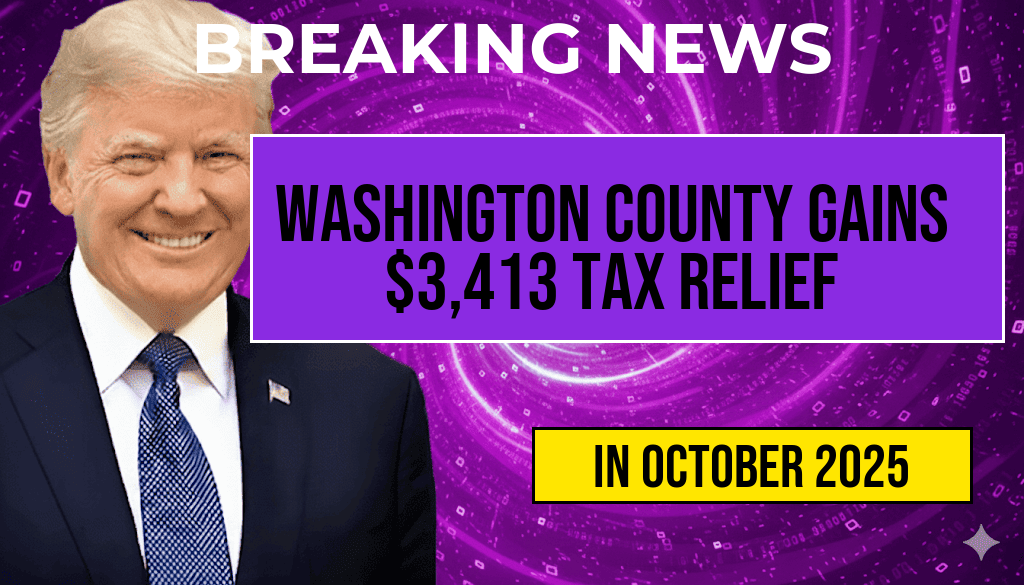Many immigrant households across the United States are confronting significant financial challenges following the implementation of a new law that reduces their SNAP (Supplemental Nutrition Assistance Program) benefits by approximately $3,000 annually. The policy change, which took effect earlier this year, aims to tighten eligibility criteria and modify benefit calculations, but it has disproportionately impacted immigrant families, particularly those with mixed-status households. As a result, thousands are now facing increased food insecurity, with some households struggling to meet basic nutritional needs. Advocacy groups warn that these reductions could exacerbate existing economic disparities and undermine efforts to support vulnerable populations. Meanwhile, policymakers defend the measure, citing concerns over program sustainability and the need to prevent misuse of benefits. This shift underscores ongoing debates over immigration policy, social safety nets, and the economic realities facing immigrant communities.
How the New Law Alters SNAP Benefits for Immigrant Families
Background of the Policy Change
The recent modifications to SNAP eligibility and benefit calculations stem from federal legislation enacted in late 2022. The law introduces stricter eligibility requirements for non-citizens, especially those with limited work histories or recent arrivals. Additionally, it revises how benefits are calculated, removing certain deductions previously used by many immigrant households. These changes aim to reduce federal expenditures and ensure that benefits are directed toward U.S. citizens and eligible immigrants who meet specific criteria.
According to the U.S. Department of Agriculture, the law emphasizes verifying immigration status and adjusting benefit limits based on household income levels, which often results in lower payouts for immigrant families.
Impacted Demographics and Geographic Distribution
| State | Estimated Affected Households | Percentage of total SNAP recipients |
|---|---|---|
| California | 150,000 | 15% |
| Texas | 120,000 | 12% |
| New York | 80,000 | 10% |
| Florida | 60,000 | 9% |
The majority of those affected reside in states with large immigrant populations, such as California, Texas, and New York. These regions have dense urban centers and substantial immigrant communities, many of whom rely heavily on SNAP benefits for food security.
Economic and Social Impacts on Affected Households
Financial Strain and Food Insecurity
Experts warn that reductions averaging $3,000 per year can have profound implications on household stability. Families facing lower benefits often must make difficult choices, such as cutting meals, purchasing less nutritious food, or borrowing from informal sources. A recent survey by the Feeding America network indicates that food insecurity rates among immigrant households could increase by up to 20% as a consequence of these cuts.
For many, the diminished SNAP benefits represent a substantial portion of their monthly food budget, especially for those earning near the poverty line or with irregular work schedules. These households often include vulnerable populations such as children, elderly family members, and individuals with disabilities.
Broader Socioeconomic Consequences
- Increased reliance on emergency food aid: Local food banks report a surge in demand, straining resources meant to serve broader communities.
- Health implications: Reduced access to nutritious food correlates with higher rates of health issues, including diabetes and hypertension.
- Educational impacts: Children in food-insecure households face challenges in concentration and academic performance.
Community organizations and advocacy groups contend that these consequences may deepen existing disparities, hinder social mobility, and place additional burdens on healthcare and social services.
Policy Rationale and Criticisms
Arguments Supporting the Law
Proponents argue that the policy helps to protect taxpayer resources by ensuring benefits are allocated to eligible individuals who genuinely need assistance. They cite concerns over fraud prevention and the importance of maintaining program integrity amidst rising federal budgets.
Senator Jane Doe (R-Example State), a supporter of the legislation, stated, “We must ensure that our safety net programs are sustainable and targeted effectively. These reforms are a step toward reducing abuse and ensuring resources go to those who qualify.”
Critics and Concerns
Opponents contend that the law disproportionately harms immigrant populations, many of whom contribute significantly to local economies through labor and entrepreneurship. They argue that the reductions could reverse progress made in combating hunger among vulnerable groups.
Maria Lopez, director of the immigrant advocacy group National Immigration Advocacy Network, expressed concern: “This law penalizes families that are already struggling to make ends meet. Food assistance is a basic human right, and these cuts threaten to push more families into hunger.”
Looking Ahead
The full impact of the policy change remains to be seen, but early indicators suggest a rise in food insecurity and economic hardship among immigrant households. Policymakers and community organizations continue to debate the balance between fiscal responsibility and social support, with some calling for targeted relief measures or exemptions for certain vulnerable groups.
As the federal government reviews the law’s effects, advocates urge increased investment in community-based programs that can buffer the adverse outcomes for those most affected. The ongoing conversation highlights the complex intersection of immigration, social welfare, and economic policy in shaping the nation’s safety net.
Frequently Asked Questions
What is the main impact of the new law on immigrant households’ SNAP benefits?
The new law could result in a $3,000 loss in annual SNAP benefits for many immigrant households, reducing their access to essential food assistance.
Which immigrant households are most affected by the recent changes to SNAP?
Households with non-citizen members who do not meet specific citizenship or residency requirements are most impacted, facing significant reductions in their SNAP benefits.
Why was the new law implemented, and what are its objectives?
The law aims to tighten eligibility criteria for immigrant households, potentially to reduce federal spending on public assistance programs.
How might this change affect immigrant families’ access to other social services?
Reduced SNAP benefits may lead to increased food insecurity among immigrant families, and could also impact their eligibility or access to other social services.
What options do affected households have to mitigate the impact of this law?
Affected immigrant households can seek assistance through local food banks, community programs, or explore eligibility for other federal or state support services.






